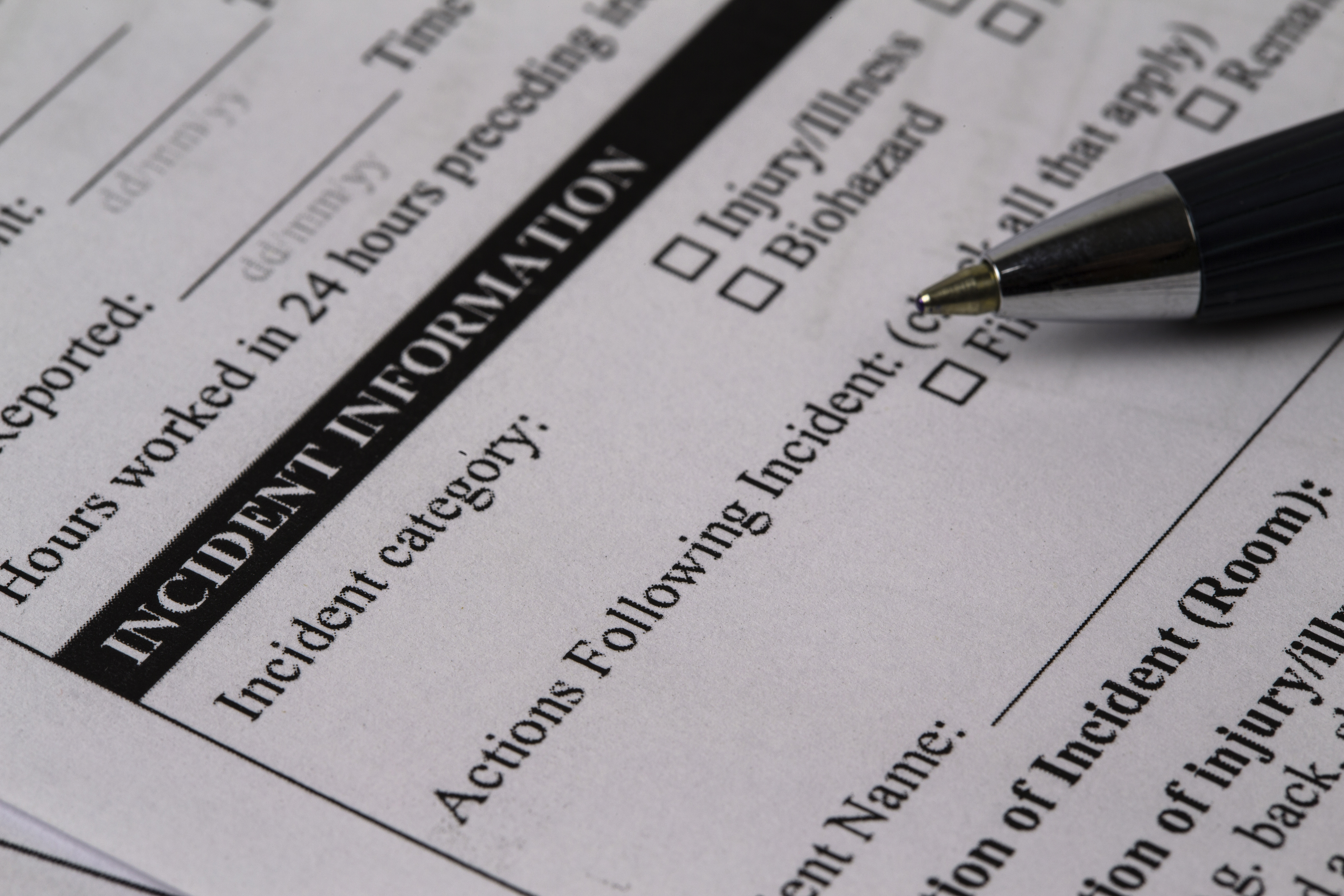Related Posts



You are about to leave Risk Strategies website and view the content of an external website.
You are leaving risk-strategies.com
By accessing this link, you will be leaving Risk Strategies website and entering a website hosted by another party. Please be advised that you will no longer be subject to, or under the protection of, the privacy and security policies of Risk Strategies website. We encourage you to read and evaluate the privacy and security policies of the site you are entering, which may be different than those of Risk Strategies.

With storm frequency and severity on the rise, the insurance industry is seeking research-backed risk mitigation solutions. To address extreme weather events, insurance experts are forging alliances with climate researchers to explore new ways to save lives, reduce property damage, and speed recovery efforts.
The most recent example is the collaboration between the Reinsurance Association of America and the National Oceanic and Atmospheric Administration (NOAA), who have committed to work together to “expand their research and product development relationship.”
Major players in the insurance industry recognize that traditional risk assessment models are no longer sufficient, given the increasing unpredictability of extreme weather events. Carriers can no longer isolate their business risks within specific geographic regions — nowhere is safe.
The costs associated with these storms have risen significantly. Across the U.S., hurricanes, tornados, severe convective storms, and other natural disasters account for 70% of recent insurance losses. Additionally, aging infrastructure increases the risk and potential for devastation.
Partnering with climate researchers paves the ways for updated building codes, better protections against storms, large-scale infrastructure investments, and faster recovery efforts. However, the partnerships will likely face hurdles. Success will depend on approach, buy-in, and long-term thinking.
According to statements from insurance specialists and climate researchers, the primary goals of the partnerships are to “focus on disaster preparedness, [create a] better response to natural disasters, [develop] improved risk assessments and provision of information to policyholders, risk reduction (including reviews of building codes), and advocating for public policy measures to improve resilience.”
The climate researcher/insurance industry partnerships have a steep hill to climb to reach the goals they’ve laid out. By focusing on the following, the agencies can help prevent catastrophic (CAT) losses:
Bottom line: The results of these partnerships could make a difference as long as participants think big and stay focused.
The world has witnessed a variety of infrastructure projects aimed at enhancing resilience to natural disasters. Here are a few examples of what happens when the right people say ‘yes’ to large-scale, long-term infrastructure initiatives. If the insurance-climate researcher partnerships lead to more of these, we’ll be in a better position to protect against extreme weather events.
The Tokyo Flood Tunnels System is a remarkable example of infrastructure designed to combat urban flooding. This engineering marvel has proven effective in mitigating flood risks.
Babcock Ranch is a community that has incorporated climate-related loss mitigation into its design and development. It serves as a model for how communities can adapt to changing climate conditions.
In areas prone to wildfires, individuals have invested in building or renovating homes with fire-resistant materials and landscaping. Recently, we’ve seen this in Paradise, California, where survivors of the Camp Fire are rebuilding.
While no system is entirely foolproof, these success stories prove that strategic investments can help prevent significant losses.
As insurance companies and climate researchers team up, hope is in the air. But before we see real results, there are hurdles to overcome. Challenges and potential roadblocks to success include:
Some in the insurance industry expect these partnerships to immediately lead to lower insurance costs. The participants themselves have said that’s a goal. But due to the time required to gather evidence and implement tangible changes, it may take years for these initiatives to impact insurance premiums.
Moreover, as the frequency and severity of extreme weather events continue to rise, the insurance industry may adopt more restrictive measures, such as narrower policy terms, increased deductibles, and higher premiums, to manage their risk exposure.
Despite the potential benefits of insurance-climate researcher collaboration, limited budgets can constrain the ability of governments to implement large-scale infrastructure initiatives. Even with compelling evidence and recommendations, securing funding for such projects can be challenging.
Agencies like FEMA could play a critical role in preventing future losses by restricting rebuilding efforts in high-risk areas. And FEMA-supported infrastructure and recovery efforts would be quicker and better funded if residents in disaster-prone areas were required to purchase insurance.
Right now, only a small percentage of the population purchases flood insurance regardless of risk. Just 3% of North Carolina residents buy flood insurance through the National Flood Insurance Program, and just 16% of residents in California purchase earthquake insurance. A requirement for insureds in wildfire, wind, earthquake, and flood-prone areas to purchase insurance through the open market or government programs would greatly improve the success, scale, and speed of FEMA’s “build-back” risk mitigation projects. In fact, premiums would actually go down if there was greater participation, due to the law of large numbers.
Not everyone can afford the recommended investments in risk management and mitigation. This is particularly true for older buildings that may require significant retrofitting to meet current building codes.
When rebuilding after a disaster, insurance claims may not cover the additional costs of incorporating risk management measures, such as a FORTIFIED roof. It’s true that upfront loss prevention costs can be higher, but the long-term benefits often outweigh the initial expenses.
Implementing effective resilience initiatives may take years or even decades to complete. This is especially true for large-scale infrastructure projects. Longer timelines may discourage buy-in from stakeholders who are seeking more immediate solutions.
Despite these challenges, there are many reasons to be positive. Several developments could contribute to the success of these initiatives. Advancements in technology, such as improved climate modeling and early warning systems, can enhance our ability to anticipate and respond to extreme weather events. And the creation of highly resilient supply chains can also help mitigate the impacts of disasters.
By working together, insurance specialists and climate researchers can develop more effective strategies for addressing climate-related risks. The insights gained from these partnerships can inform infrastructure investments and widespread adoption of loss prevention measures.
As severe weather events escalate, the need for better risk management becomes increasingly urgent. Risk Strategies will continue to monitor the findings and progress of these partnerships.
Find John on LinkedIn.
Connect with the Risk Strategies Loss Control and Safety Team at safety@risk‐strategies.com.
The contents of this article are for general informational purposes only and Risk Strategies Company makes no representation or warranty of any kind, express or implied, regarding the accuracy or completeness of any information contained herein. Any recommendations contained herein are intended to provide insight based on currently available information for consideration and should be vetted against applicable legal and business needs before application to a specific client.


